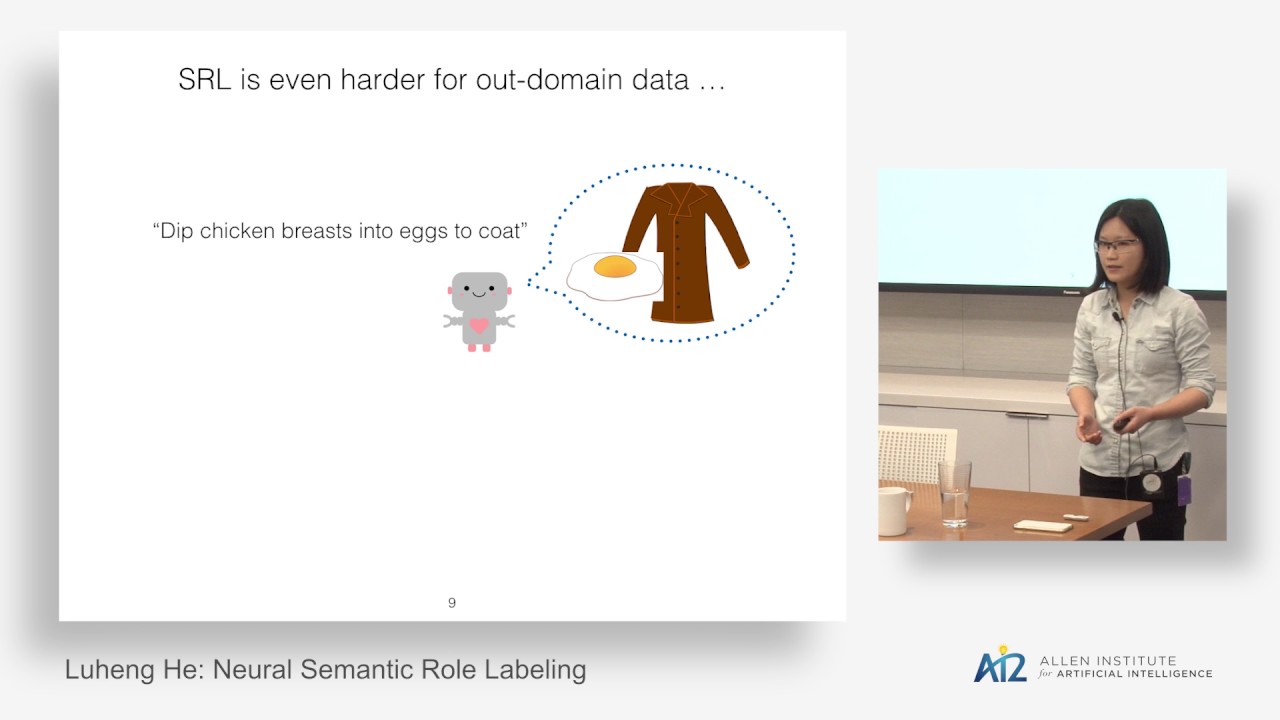Allen Institute for AI
Deep Semantic Role Labeling: What Works and What’s Next
Semantic role labeling (SRL) systems aim to recover the predicate-argument structure of a sentence, to determine essentially “who did what to whom”, “when”, and “where”. We introduce a new deep learning model for SRL that significantly improves the state of the art, along with detailed analyses to reveal its strengths and limitations. We use a deep highway BiLSTM architecture with constrained decoding, while observing a number of recent best practices for initialization and regularization. Our 8-layer ensemble model achieves 83.2 F1 on the CoNLL 2005 test set and 83.4 F1 on CoNLL 2012, roughly a 10% relative error reduction over the previous state of the art. Extensive empirical analysis of these gains show that (1) deep models excel at recovering long-distance dependencies but can still make surprisingly obvious errors, and (2) that there is still room for syntactic parsers to improve these results. These findings suggest directions for future improvements on SRL performance.
